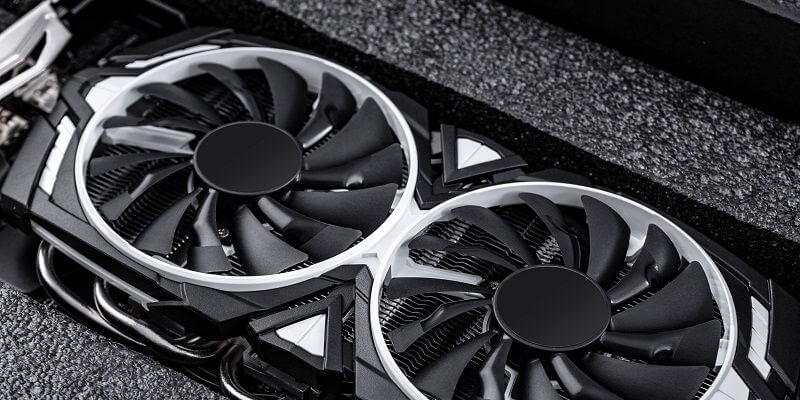MSI has made a strategic decision to meet the evolving demands of the market by offering the flagship NVIDIA GPU, the GeForce RTX 4090, with its brand-new blower design known as the AERO S. This move comes in response to a changing landscape where blower-type GPUs, once considered a bane of the industry, are now experiencing a surge in popularity.
Changing Market Trends: The Resurgence of Blower-Type GPUs
While traditional blower-type designs were often dismissed in the past, recent market trends have seen a surge in demand for these types of graphics cards. The advantages of blower-type coolers, which can expel air at a faster rate, outweigh their drawbacks, such as louder noise levels. The enhanced heat dissipation capabilities of blower-type designs make them highly sought after, especially in crowded setups.
The Influence of Crypto Mining
During the era of cryptocurrency mining, blower-type fans gained immense popularity, with almost every vendor introducing specialized cards for this purpose. As the crypto industry waned, the demand for NVIDIA’s GPUs shifted towards the workstation and server segment, where their AI and compute capabilities garnered substantial interest.
Preference for blower-style graphics cards in workstations and servers
For users who require the AI and compute capabilities offered by NVIDIA’s flagship Ada, blower-style graphics cards are the top choice for workstations and servers. These environments lack the exotic cooling options found in gaming chassis and fans, making blower-type cards the ideal cooling solution.
Introducing the AERO S Design by MSI
In line with this growing demand, MSI is now offering the flagship GeForce RTX 4090 graphics card in an AERO S design. The AERO S features a basic blower-type fan design, devoid of any labels on the front. It also includes a backplate and places the 16-pin connector at the front, mirroring the design of server/workstation cards.
Notable features of the AERO S design
The AERO S blower design adheres to simplicity and functionality. By eliminating unnecessary labels, MSI emphasizes a clean and minimalist aesthetic. The inclusion of a backplate adds structural rigidity while also aiding in heat dissipation. Placing the 16-pin connector at the front facilitates easy installation within server and workstation setups.
Cost considerations and market impact
Blower-type cards have historically been more affordable compared to their custom variants. Given this trend, it is expected that the AERO S blower design will also be competitively priced, making it an attractive option for consumers in the market for a powerful GPU without breaking the bank.
MSI’s decision to offer the flagship NVIDIA GeForce RTX 4090 graphics card with the AERO S blower design signifies a response to changing market trends. Blower-type GPUs, once viewed unfavorably, have now gained traction due to their enhanced heat dissipation capabilities. As the demand for NVIDIA’s GPUs in the workstation and server segment continues to surge, the AERO S design caters to users seeking AI and compute capabilities, in conjunction with a cooling solution optimized for their specific needs. With competitive pricing anticipated, the AERO S blower design is poised to become a noteworthy option within the graphics card market.

